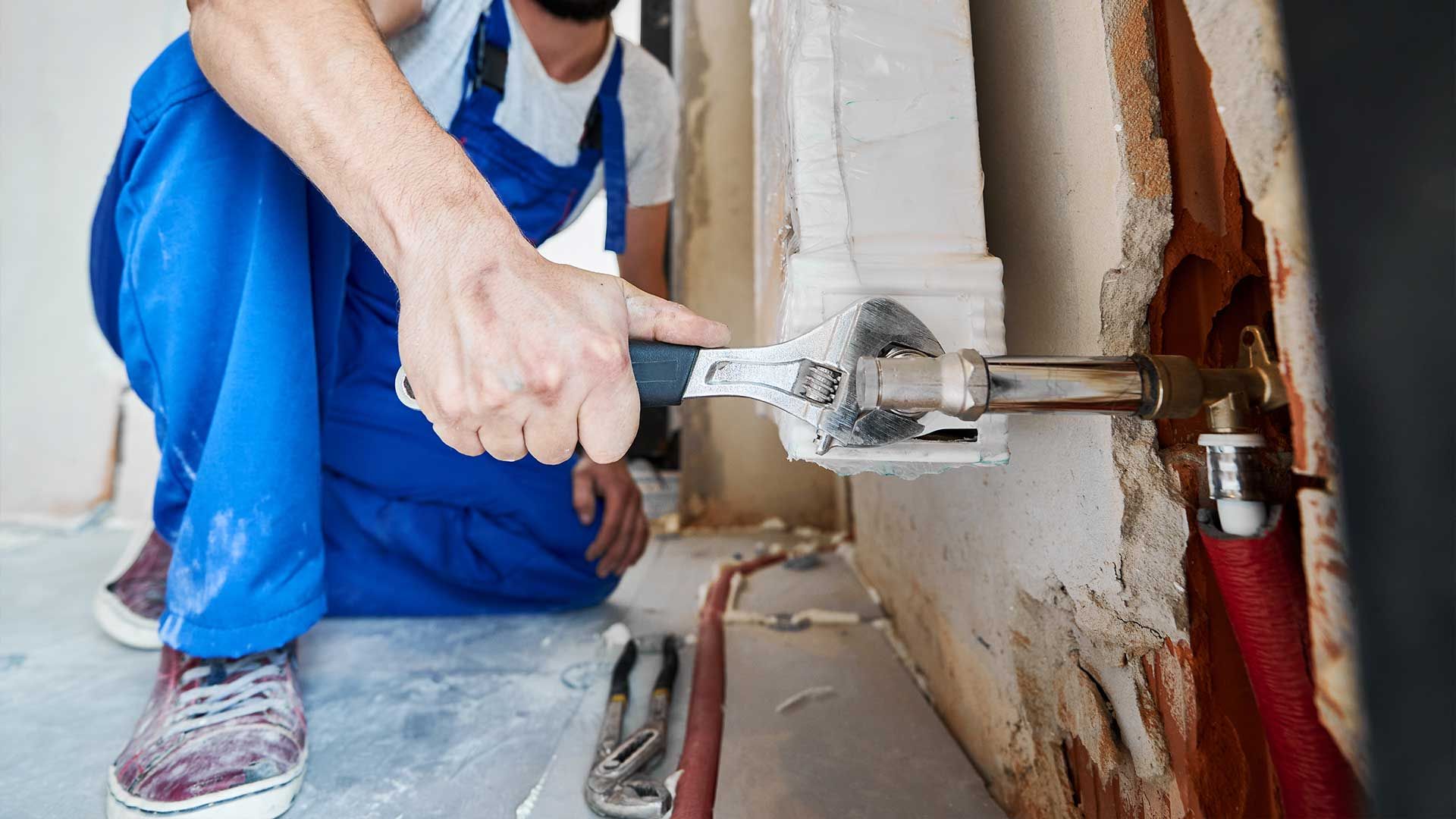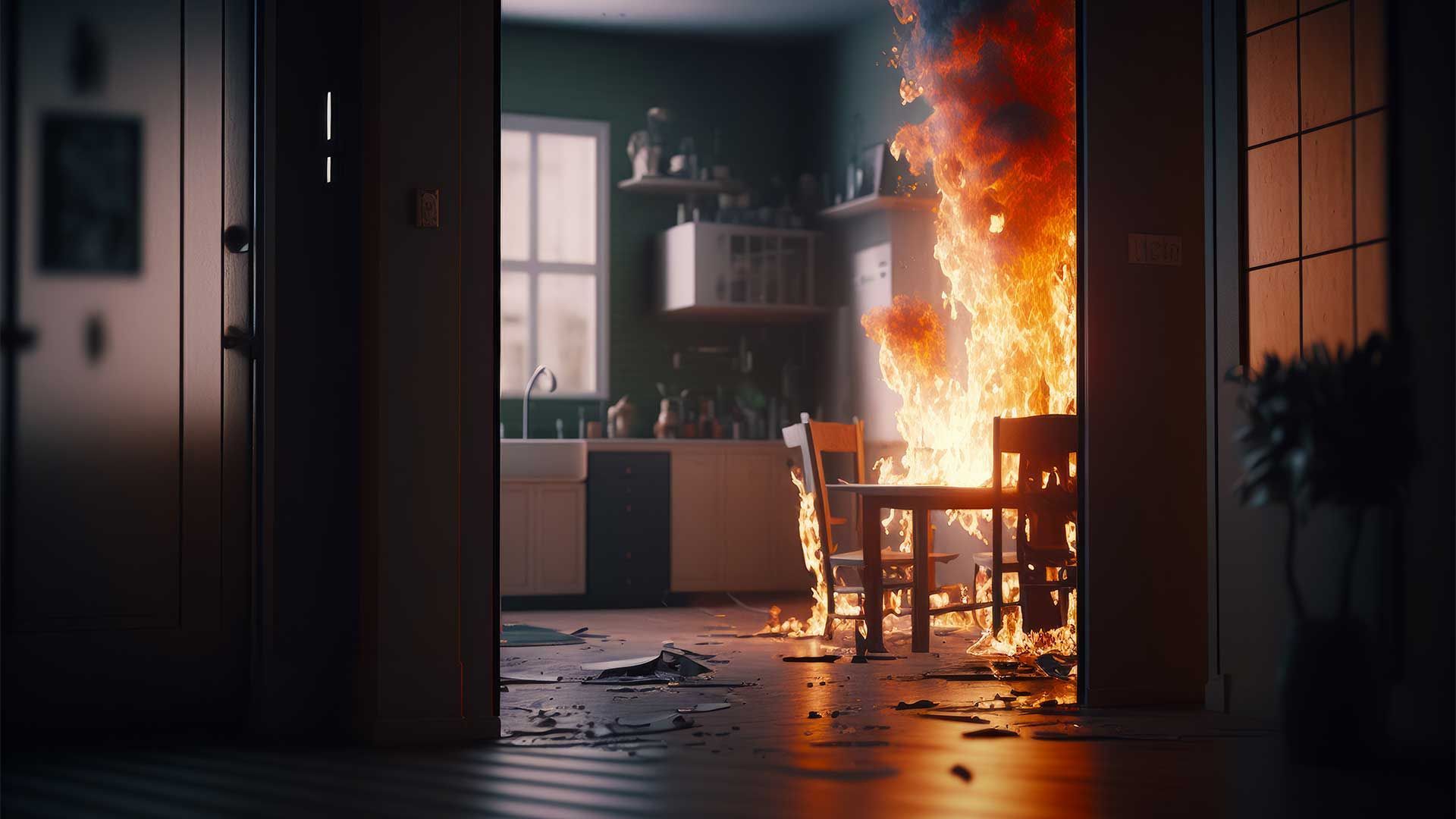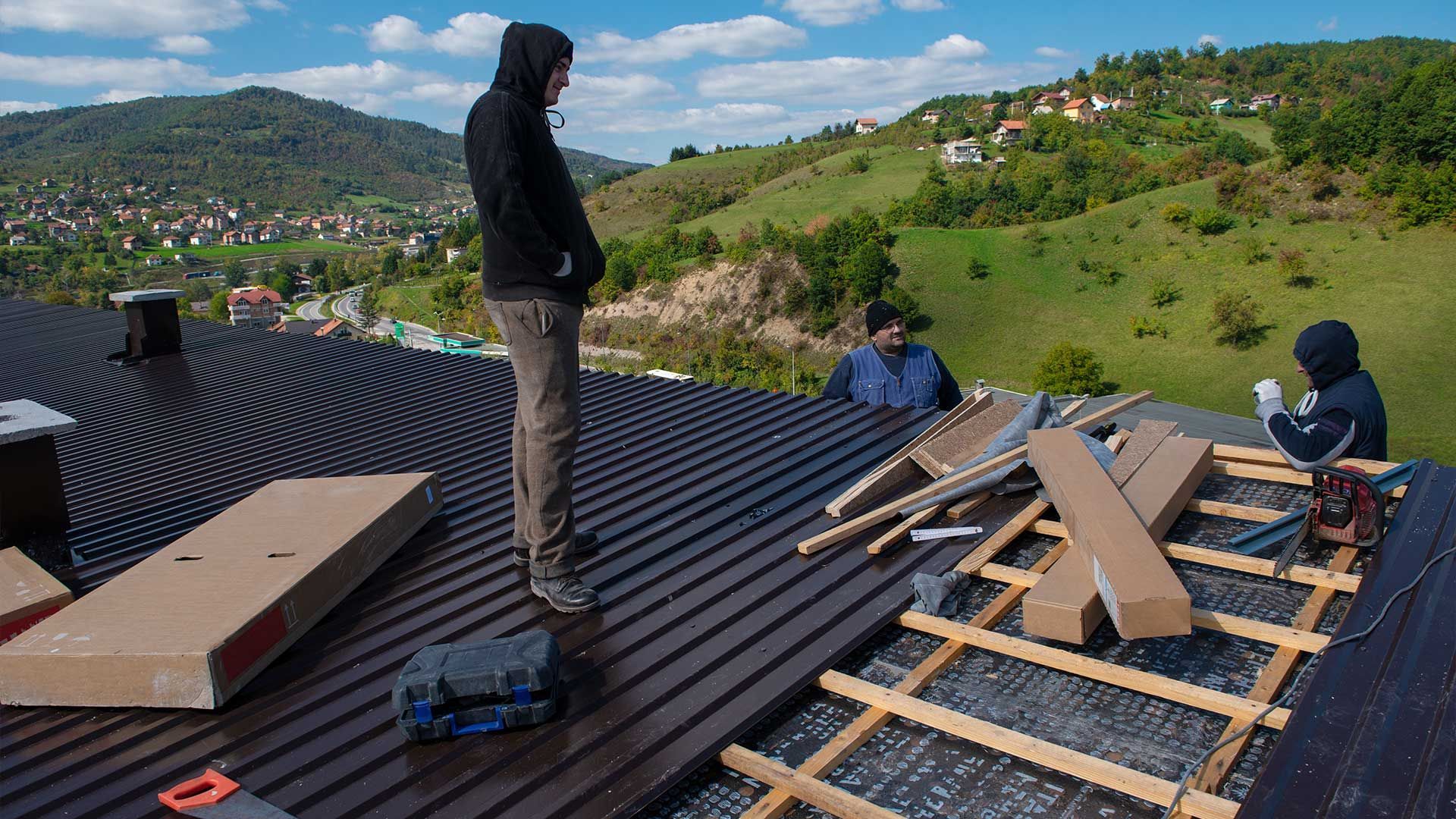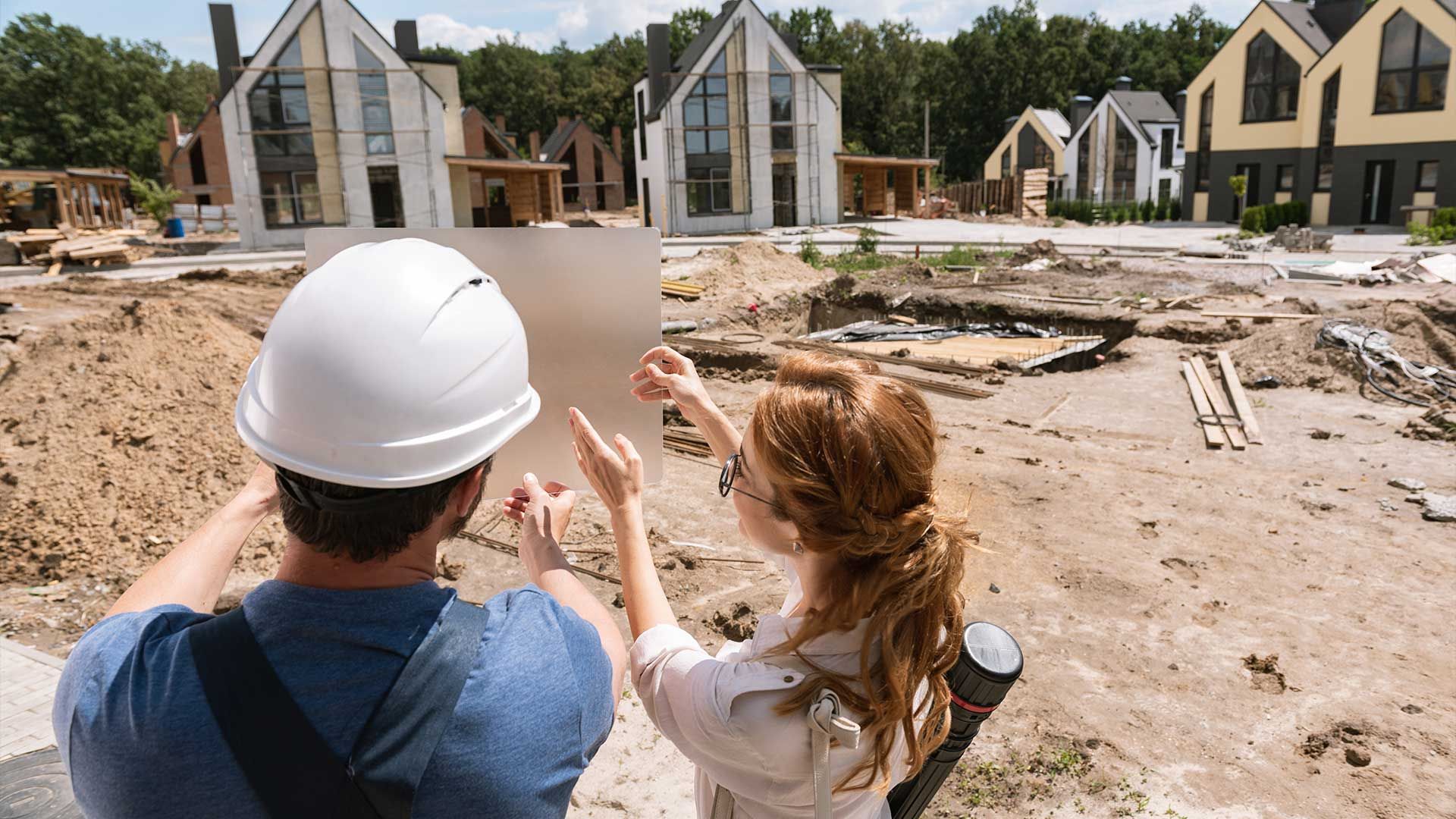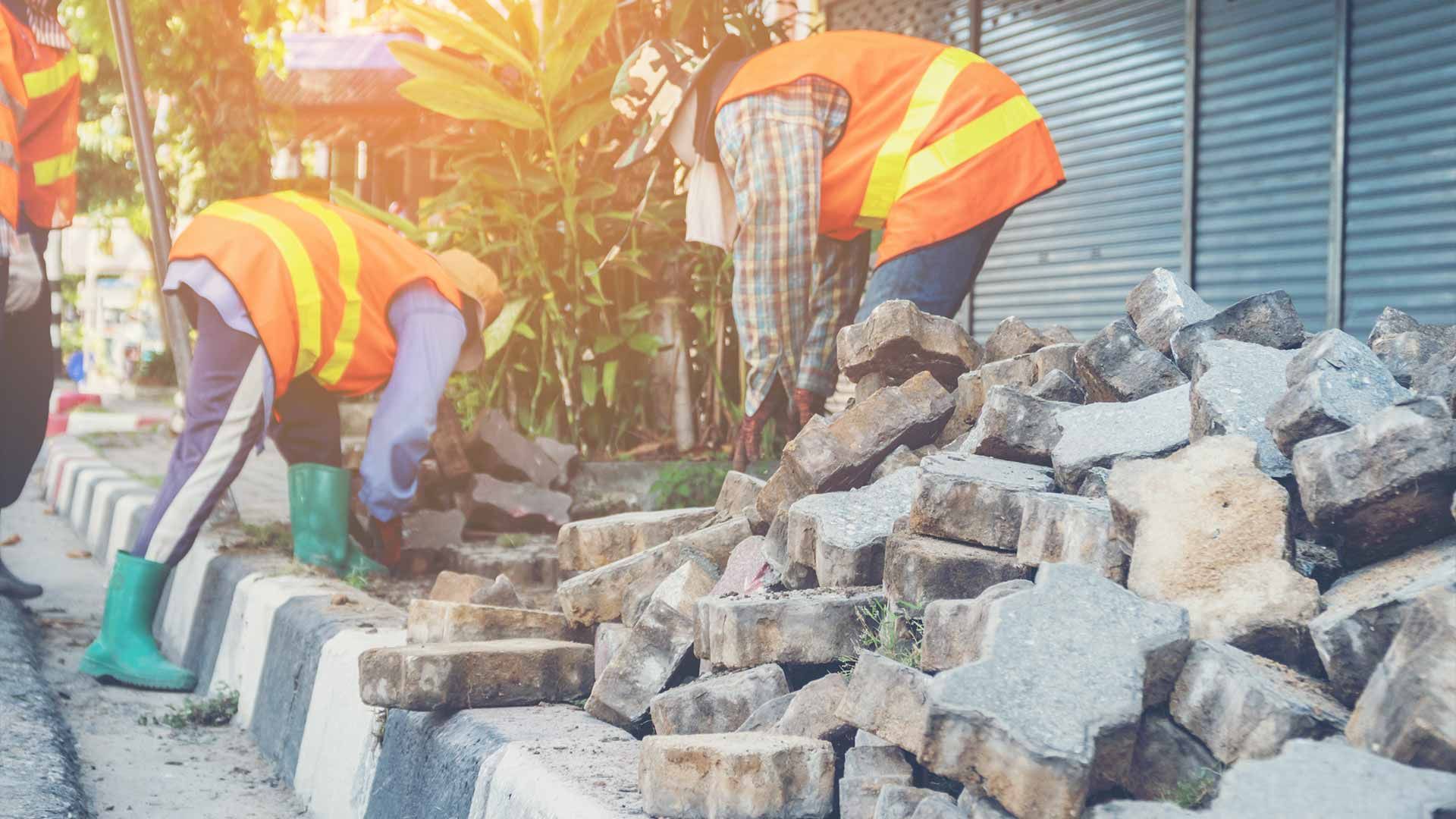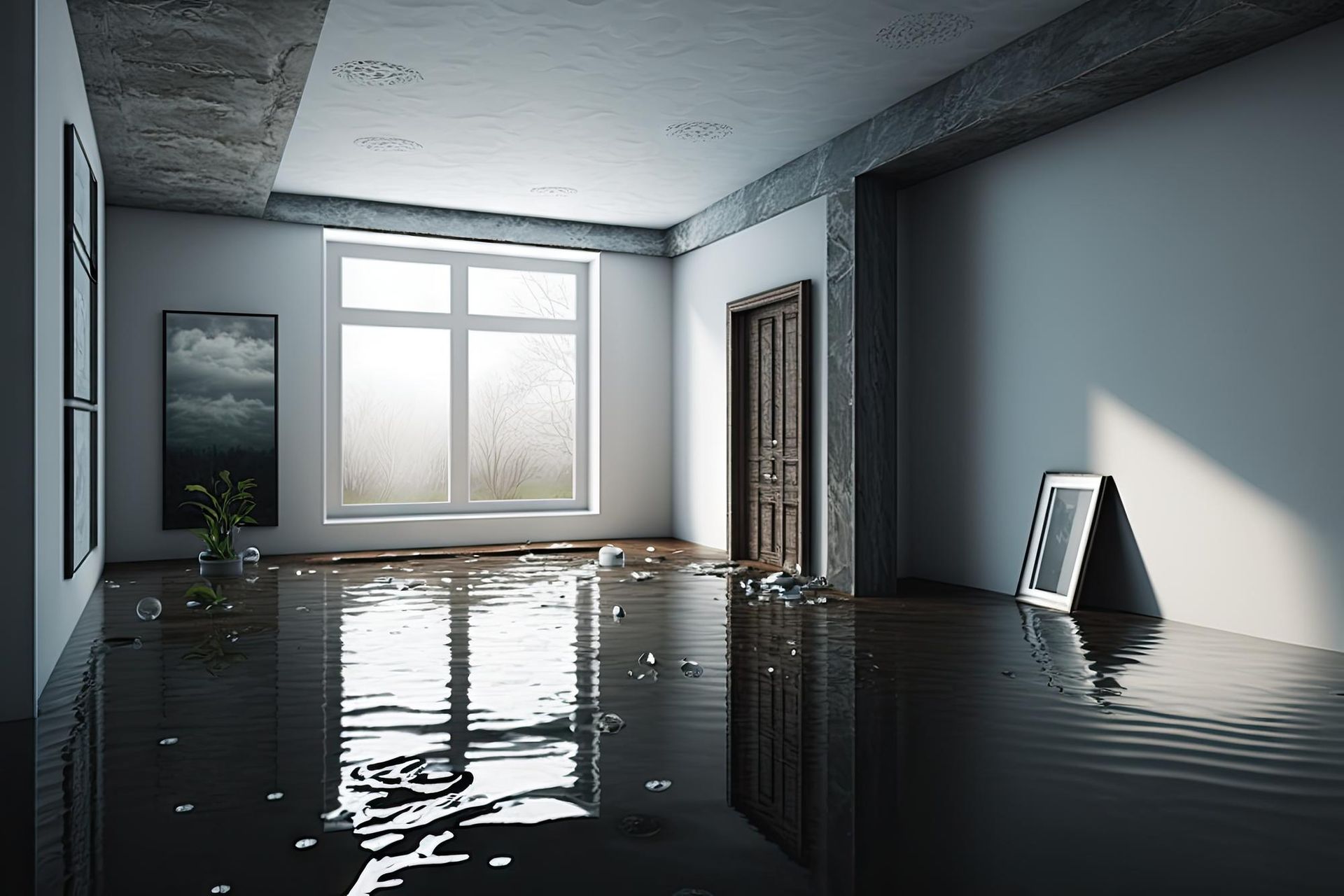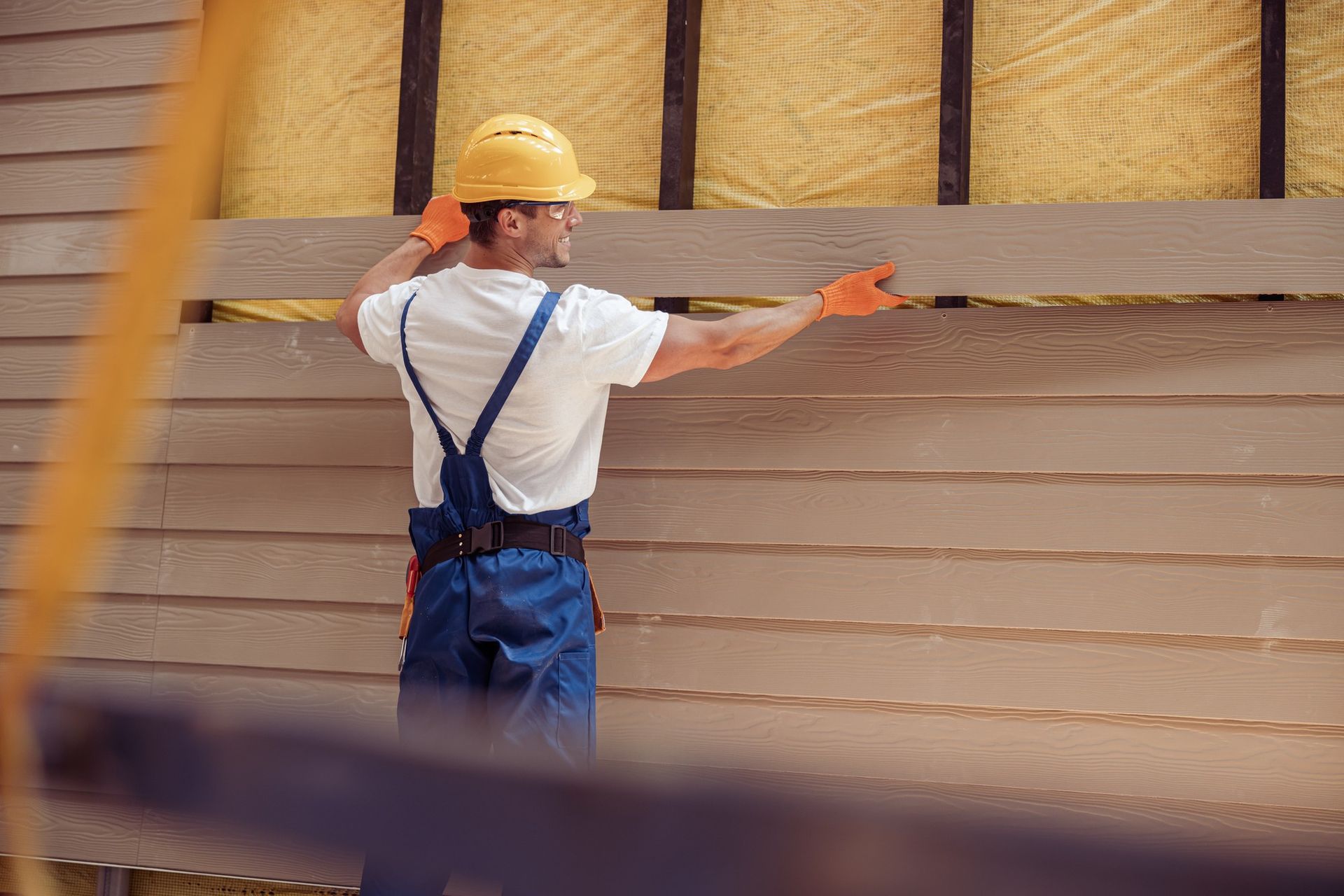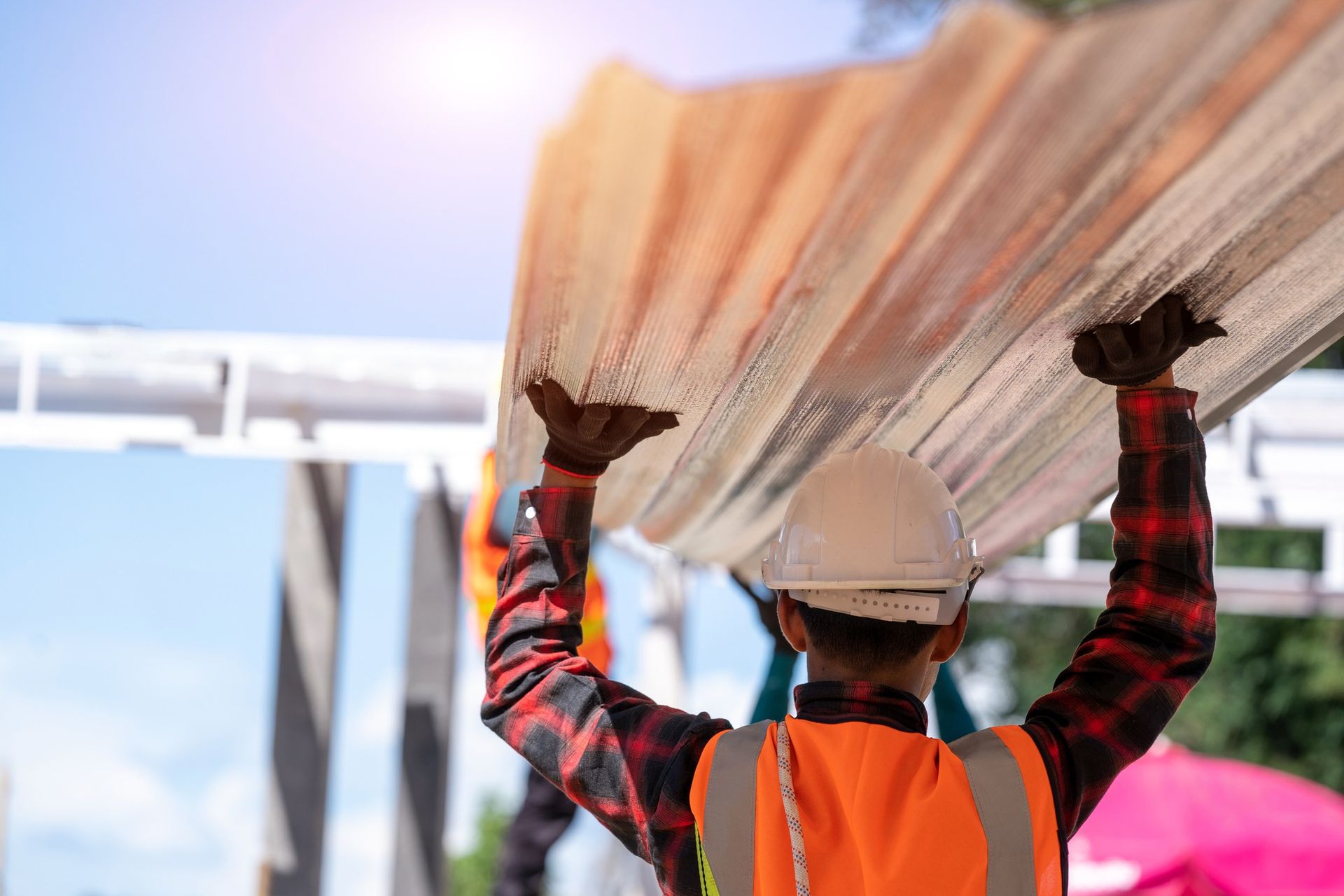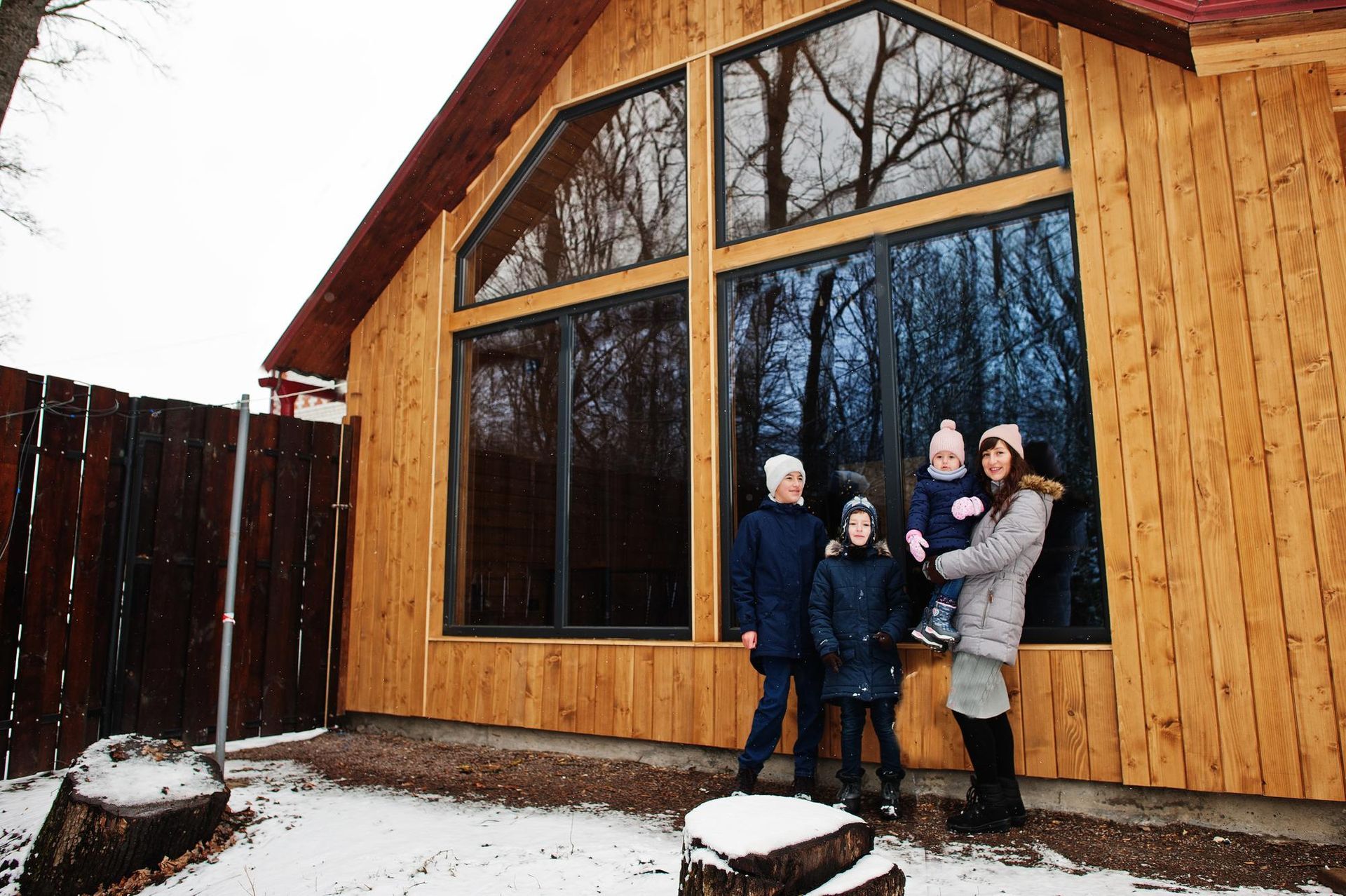Mold Damage Restoration: Experts Share Insider Insights
Mold damage can be a silent intruder, wreaking havoc on our homes and health when least expected. In this article, we unveil the world of mold damage restoration, shedding light on crucial insights shared by experts in the field. Understanding mold damage and the restoration process is not just informative; it's essential for homeowners and property managers.
Mold damage is not merely a cosmetic issue; it poses health risks and can compromise the structural integrity of your property. With the guidance of experts, you can navigate this challenge effectively, ensuring the safety and well-being of your loved ones.
Our goal is to demystify the often daunting world of mold damage restoration. We'll explore the intricacies of mold damage, the pivotal role of experts, and the step-by-step restoration process. Whether you're facing a mold issue or simply seeking knowledge for prevention, this article provides valuable insights that can make a difference. Let's dive into the world of
mold damage restoration together.
Understanding Mold Damage
To combat any problem effectively, it's essential to understand its nature and origins. Mold damage is no exception. Mold damage occurs when mold, a type of fungus, grows in homes or buildings, often in damp and humid conditions. It is notorious for thriving in hidden places, such as behind walls or under flooring, making it a silent threat.
Common signs of mold damage include visible mold growth, musty odors, water stains, and health issues like allergies or respiratory problems. Mold can infiltrate various materials, including wood, drywall, and insulation, weakening their structural integrity over time.
One of the insidious aspects of mold damage is that it can go unnoticed for extended periods. This invisibility can lead to extensive damage and health concerns. That's why recognizing the signs and understanding the risks associated with mold damage are critical steps in addressing this issue.
In the following sections, we'll delve into the pivotal role of experts in mold damage restoration, offering valuable insights into how they assess, contain, and remediate mold issues effectively.
The Role of Mold Damage Restoration Experts
Mold damage restoration is a task best left to the experts. These professionals play a pivotal role in assessing, containing, and effectively remediating mold issues. Their expertise extends beyond mere cleaning; they possess in-depth knowledge of mold behavior, moisture control, and restoration techniques.
Mold damage restoration experts are equipped with the necessary skills and tools to tackle mold infestations of all sizes. They begin by conducting a thorough assessment to identify the extent of the damage and the type of mold involved. This assessment guides them in formulating a tailored restoration plan.
The containment of mold is a crucial step to prevent its spread during the restoration process. Experts employ advanced techniques such as sealing affected areas and using negative air pressure to maintain control. They don specialized personal protective equipment to ensure their safety while working in contaminated environments.
Beyond containment, mold damage restoration experts employ effective removal techniques, ensuring that mold is eradicated without causing further harm. They also focus on prevention, implementing strategies to address underlying moisture issues and safeguard against future mold growth.
In the subsequent sections, we will delve into the detailed restoration process and explore real-life examples of challenging mold cases successfully handled by experts, highlighting the importance of their skills and experience in mold
damage restoration.
The Restoration Process
The mold damage restoration process is a systematic and methodical approach that experts follow to remediate mold issues effectively. Understanding this process is crucial for homeowners and property managers facing mold problems.
1. Assessment: The restoration begins with a comprehensive assessment. Experts identify the extent of mold damage, the type of mold present, and any underlying moisture issues that contribute to mold growth. This assessment forms the basis for the restoration plan.
2. Containment: To prevent mold from spreading, experts establish containment measures. This includes sealing off affected areas, using negative air pressure, and implementing strict protocols to minimize cross-contamination.
3. Removal:
The removal of mold-infested materials is a meticulous task. Mold damage restoration experts employ specialized equipment and techniques to safely and effectively remove mold from surfaces and materials.
4. Cleaning and Sanitization: After removal, thorough cleaning and sanitization are essential to ensure that all traces of mold are eliminated. Experts use approved disinfectants and cleaning agents to restore affected areas to a safe and healthy condition.
5. Drying and Dehumidification: Addressing underlying moisture issues is critical. Experts implement drying and dehumidification processes to remove excess moisture and prevent future mold growth.
6. Repair and Restoration:
Once the mold is eradicated, experts proceed with repairing and restoring the affected areas to their original condition. This may involve replacing damaged materials and ensuring structural integrity.
7. Preventive Measures: To prevent future mold issues, experts provide recommendations for moisture control and maintenance. They may also suggest regular inspections to detect early signs of mold growth.
The restoration process is a comprehensive and carefully executed series of steps, ensuring that your property is safe, mold-free, and restored to its former glory. In the upcoming sections, we will explore challenging mold cases and the expertise required to address them successfully.
Challenges and Complex Cases
Mold damage restoration is not always a straightforward task. Experts often encounter challenging scenarios that demand their experience and adaptability. Let's delve into some real-life examples of complex mold cases and how professionals successfully tackled them.
1. Hidden Mold: Mold often lurks in concealed areas, making detection challenging. Experts use advanced techniques such as thermal imaging and moisture meters to uncover hidden mold and address it effectively.
2. Large-Scale Infestations: Dealing with extensive mold infestations in commercial properties or large homes requires meticulous planning and execution. Experts have the resources and strategies to manage these complex cases.
3. Toxic Mold: Some molds produce mycotoxins, which can be harmful to human health. Experts are well-versed in handling toxic mold cases safely, including the use of specialized protective gear and containment measures.
4. Structural Damage: Mold can compromise the structural integrity of a building. Professionals assess and address structural damage caused by mold, ensuring that the property is safe and stable.
5. Chronic Moisture Issues: Mold is often a result of chronic moisture problems. Experts identify and rectify the underlying causes of moisture, whether it's due to leaks, poor ventilation, or high humidity.
These examples highlight the diverse challenges that mold damage restoration experts face. Their experience, knowledge, and adaptability are invaluable in addressing even the most complex mold issues, ensuring the safety and well-being of occupants.
In the subsequent sections, we'll shift our focus to
preventive measures and maintenance tips to help homeowners and property managers avoid mold damage and its associated risks.
Prevention and Maintenance Tips
Preventing mold damage is not only cost-effective but also crucial for maintaining a healthy indoor environment. Here are some practical tips and expert recommendations for preventing mold damage and ensuring your property stays mold-free:
1. Control Moisture: Keep indoor humidity levels in check, ideally below 50%. Use dehumidifiers in damp areas like basements and bathrooms.
2. Proper Ventilation: Ensure adequate ventilation in high-moisture areas by using exhaust fans and opening windows when possible. Proper airflow helps prevent mold growth.
3. Regular Inspections: Conduct regular inspections for signs of water leaks, condensation, or plumbing issues. Address any moisture problems promptly.
4. Immediate Repairs: Repair any leaks or water damage immediately. Mold can begin to grow within 24-48 hours of water exposure.
5. Proper Insulation: Insulate your home to prevent condensation on cold surfaces, which can lead to mold growth.
6. Reduce Clutter: Reduce clutter in storage areas to improve air circulation and minimize hiding spots for mold.
7. Use Mold-Resistant Materials: When renovating or building, opt for mold-resistant materials in moisture-prone areas like bathrooms and kitchens.
8. Regular Cleaning: Clean and maintain HVAC systems, as mold can thrive in air ducts and vents if not properly maintained.
9. Educate Residents: Ensure that residents are aware of the importance of mold prevention and how to report any issues promptly.
10. Professional Inspections: Consider periodic professional mold inspections, especially for properties with a history of mold problems or in high-humidity regions.
By implementing these preventive measures and following expert recommendations, you can significantly
reduce the risk of mold damage and maintain a healthier living or working environment. Mold prevention is a proactive step toward safeguarding your property and well-being.
In the next section, we'll explore the financial and health consequences of neglecting mold damage and why timely restoration is essential.
The Cost of Restoration vs. Ignoring Mold Damage
Ignoring mold damage can lead to far-reaching consequences, both in terms of finances and health. The decision to neglect mold issues can ultimately prove to be much costlier than investing in timely restoration. Let's examine the financial and health aspects of neglecting mold damage:
Financial Consequences:
- Property Damage: Mold can cause extensive damage to your property's structure, materials, and belongings. Repairing or replacing these items can be costly.
- Decreased Property Value: Mold issues can decrease the resale value of your property, making it challenging to sell or rent in the future.
- Insurance Issues: Neglecting mold damage may result in insurance claims being denied, leaving you responsible for all restoration costs.
- Legal Liabilities: In some cases, failing to address mold issues can lead to legal disputes with tenants, buyers, or neighbors, resulting in legal expenses.
Health Consequences:
- Respiratory Issues: Mold can release spores and mycotoxins into the air, leading to respiratory problems, allergies, and other health issues for occupants.
- Aggravated Conditions: Mold can worsen existing health conditions, particularly in individuals with asthma, allergies, or compromised immune systems.
- Long-Term Health Costs: Neglecting mold damage may lead to ongoing medical expenses for affected individuals.
Given the potential financial and health risks associated with mold damage, timely restoration by experts is a wise investment. It not only safeguards your property but also ensures the well-being of those who reside or work in it.
In the final section, we'll conclude the article by summarizing key takeaways and encouraging readers to prioritize mold damage restoration with expert guidance.
Conclusion and Expert Recommendations
In conclusion, the world of mold damage restoration is multifaceted, and experts play a pivotal role in addressing this silent threat effectively. Understanding the nature of mold damage, the restoration process, and the challenges experts face is crucial for homeowners and property managers.
Mold damage restoration experts possess the knowledge, skills, and equipment necessary to assess, contain, and remediate mold issues, safeguarding both your property and the health of its occupants. Their expertise extends to complex cases, ensuring that even the most challenging scenarios are handled with precision.
Preventing mold damage through moisture control, proper ventilation, and regular inspections is the first line of defense. However, if mold issues do arise, neglecting them can lead to significant financial and health consequences.
To ensure a mold-free and safe environment, we encourage you to seek expert guidance and timely restoration. For professional mold damage restoration services, contact
Seaboard Building & Restoration, Inc. at
856-534-0132. Our team of experts is ready to assist you in addressing mold issues and preserving the integrity of your property.
Thank you for joining us on this journey through the world of mold damage restoration. We hope this article has provided you with valuable insights and underscored the importance of expert guidance in dealing with mold-related challenges.
Frequently Asked Questions (FAQs)
